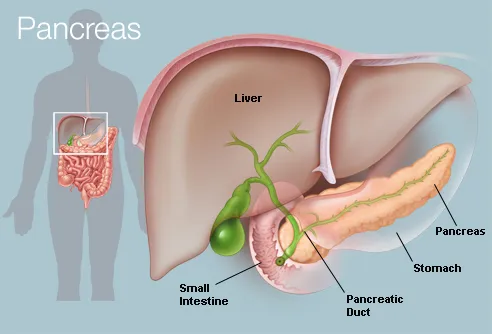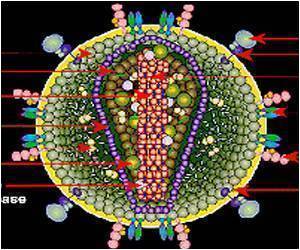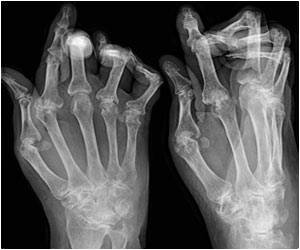New research in The FASEB Journal shows that transgenic tobacco plants can be used to produce safe, protective antibodies against rabies and to benefit patients in developing countries
"Rabies continues to kill many thousands of people throughout the developing world every year and can also affect international travelers," said Leonard Both, M.Sc., a researcher involved in the work from the Hotung Molecular Immunology Unit at St. George's, University of London, in the United Kingdom. "An untreated rabies infection is nearly 100 percent fatal and is usually seen as a death sentence. Producing an inexpensive antibody in transgenic plants opens the prospect of adequate rabies prevention for low-income families in developing countries."
To make this advance, Both and colleagues "humanized" the sequences for the antibody so people could tolerate it. Then, the antibody was produced using transgenic tobacco plants as an inexpensive production platform. The antibody was purified from the plant leaves and characterized with regards to its protein and sugar composition. The antibody was also shown to be active in neutralizing a broad panel of rabies viruses, and the exact antibody docking site on the viral envelope was identified using certain chimeric rabies viruses.
"Although treatable by antibodies if caught in time, rabies is bad news," said Gerald Weissmann, M.D., Editor-in-Chief of The FASEB Journal. "This is especially true for people in the developing world where manufacturing costs lead to treatment shortages. Being able to grow safe, humanized antibodies in genetically modified tobacco should reduce costs to make treatments more accessible, and save more lives."
Source: FASEB Journal











